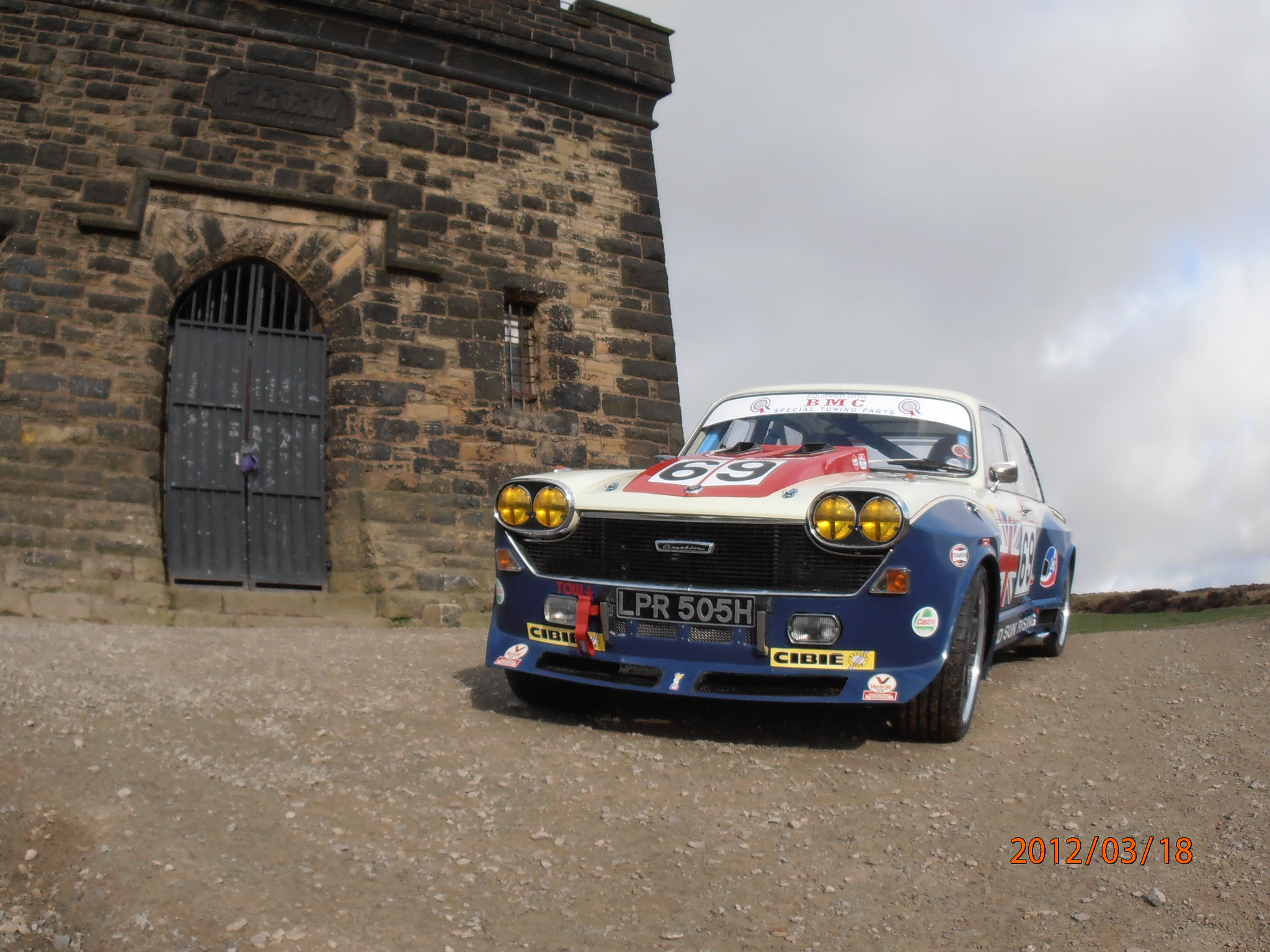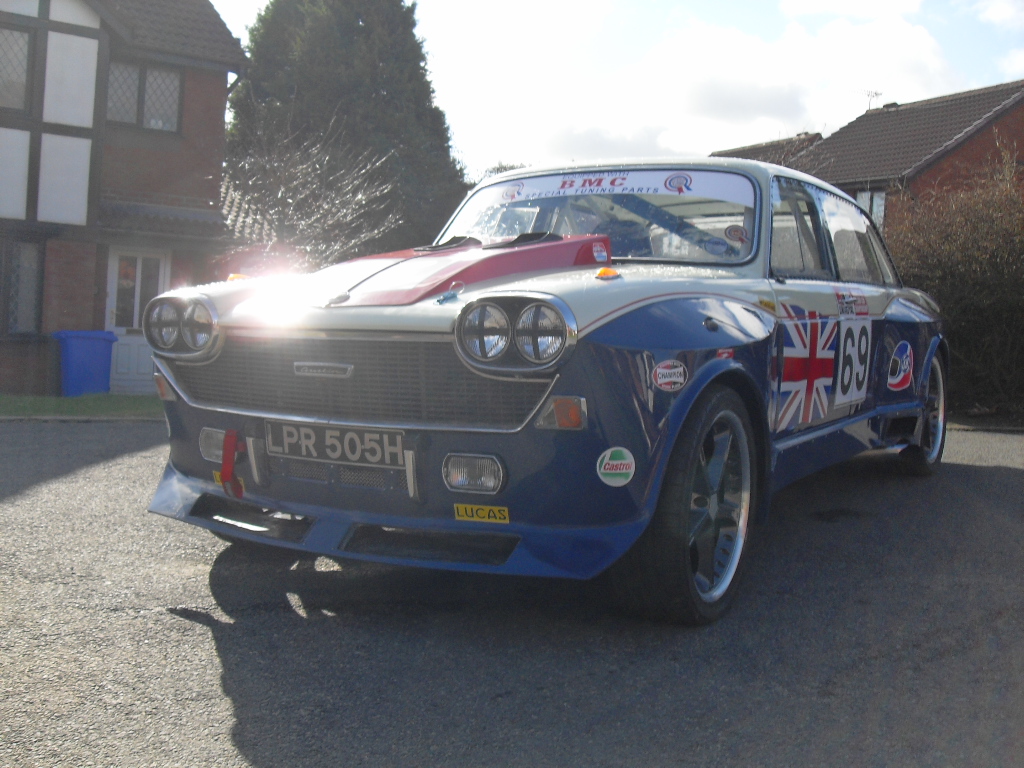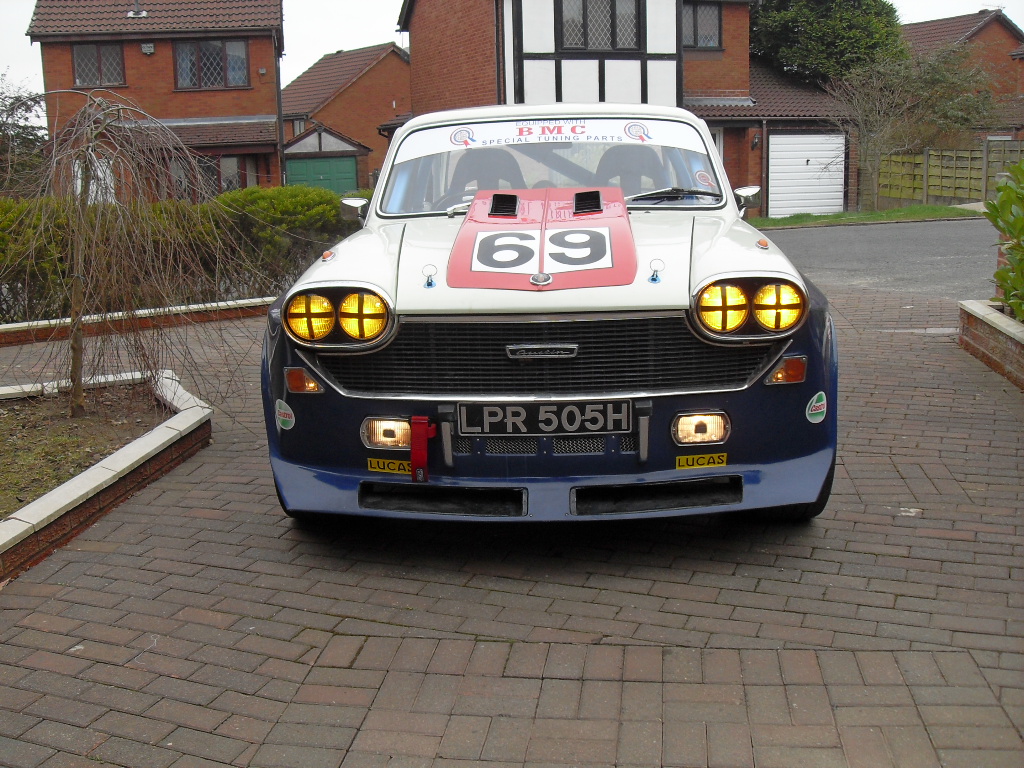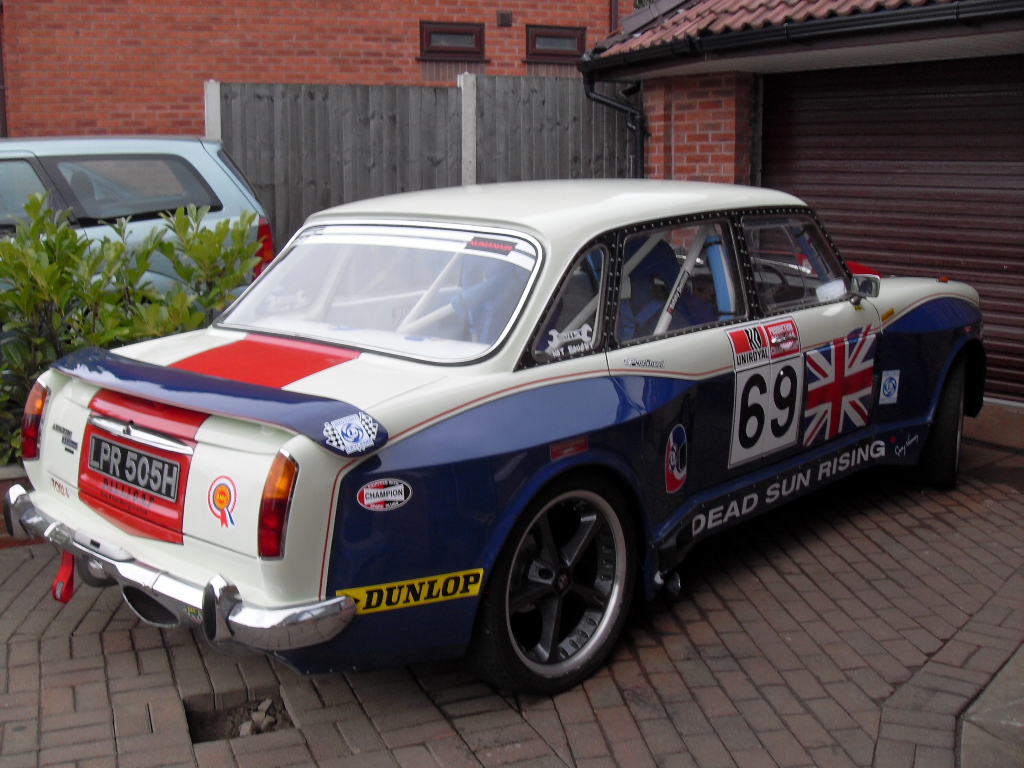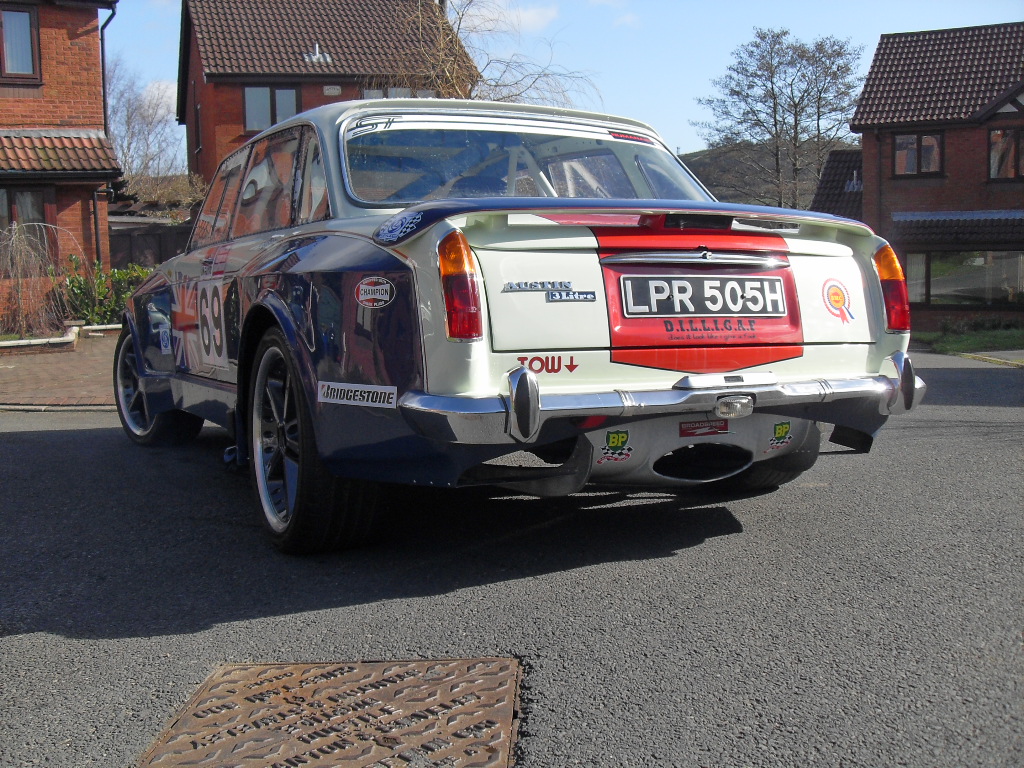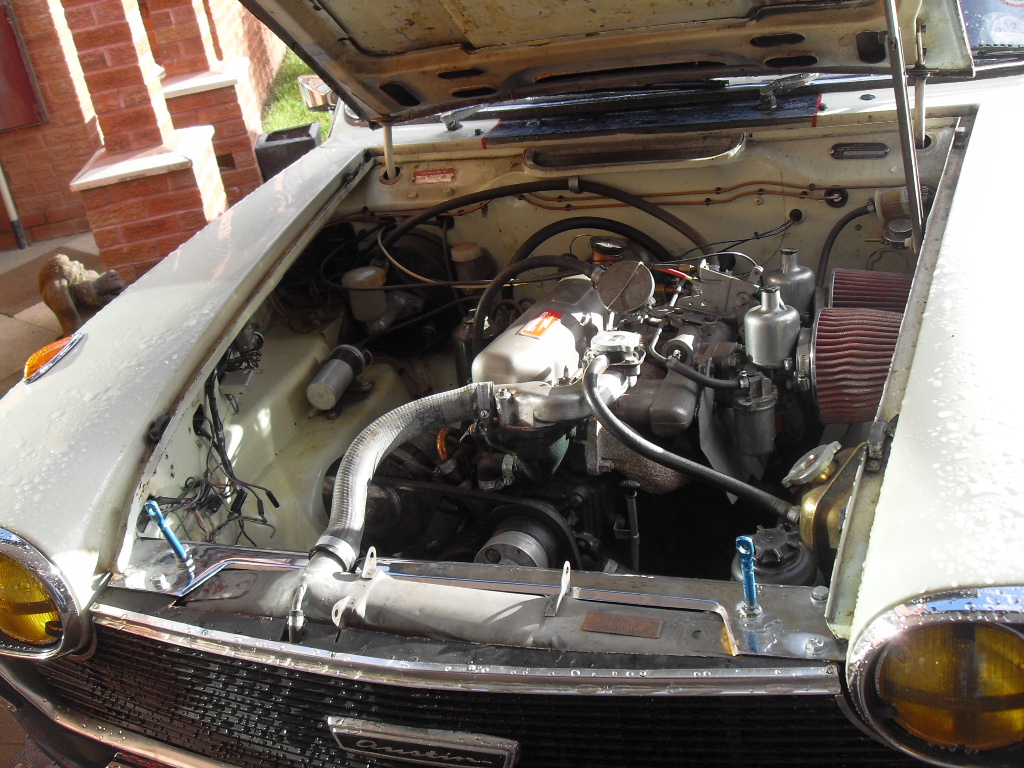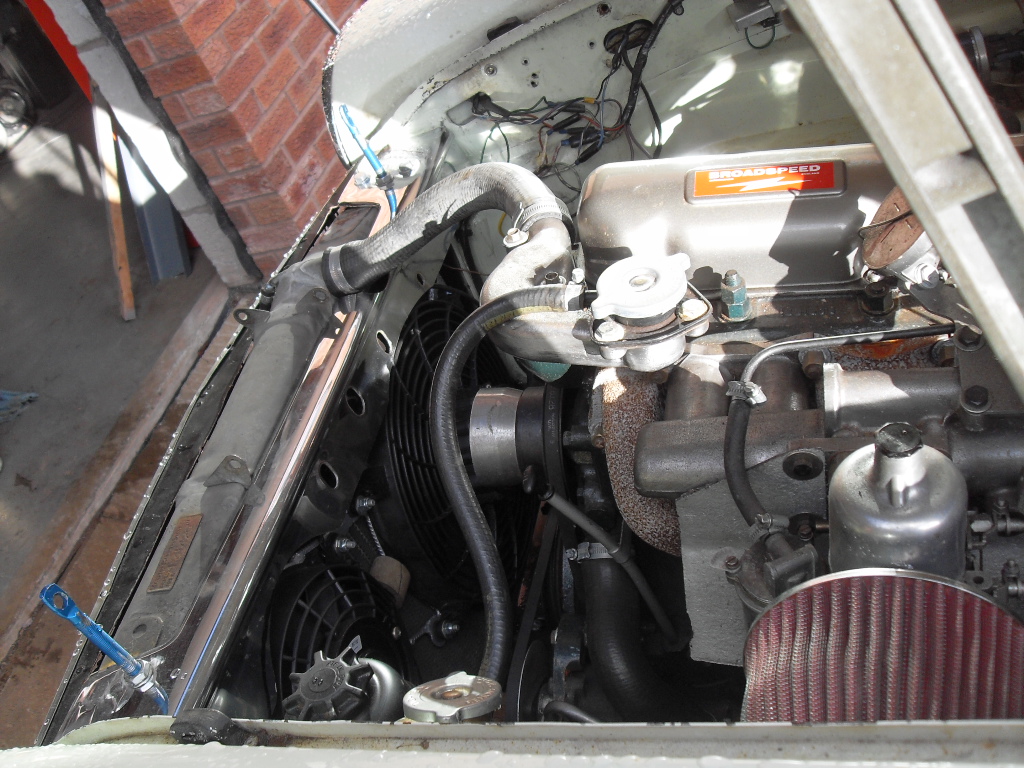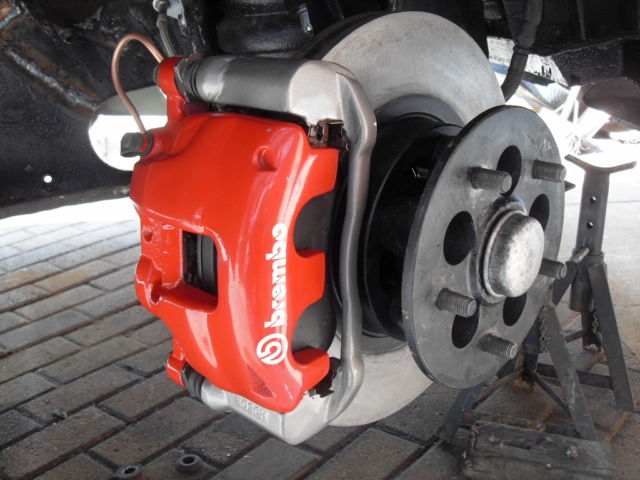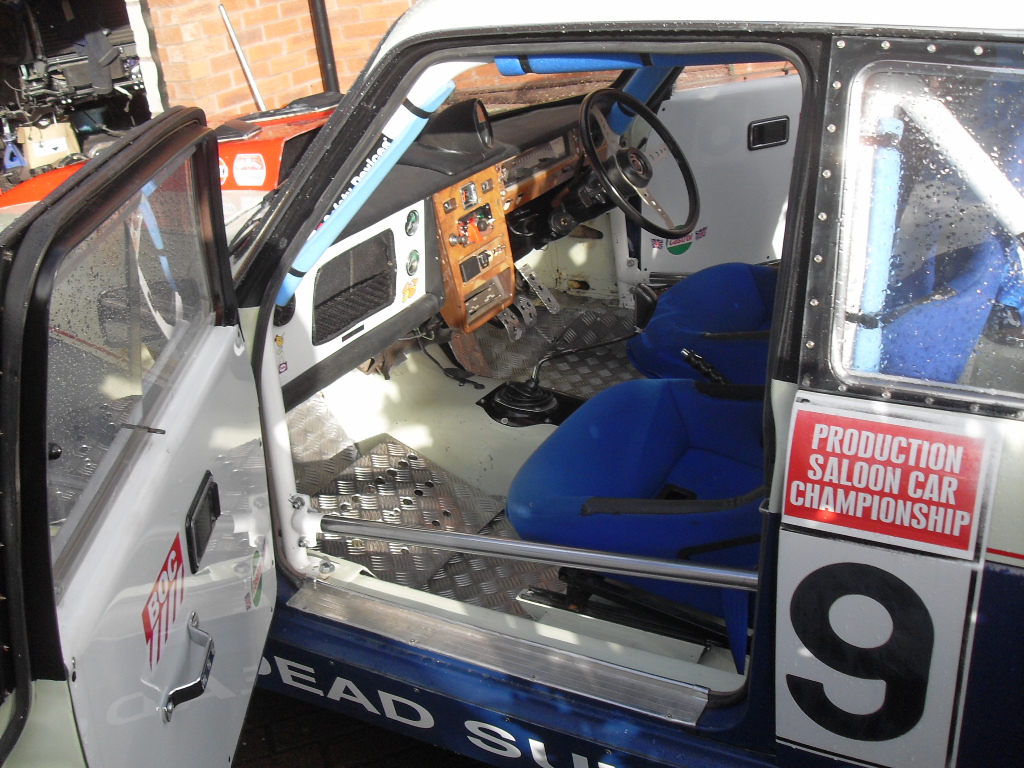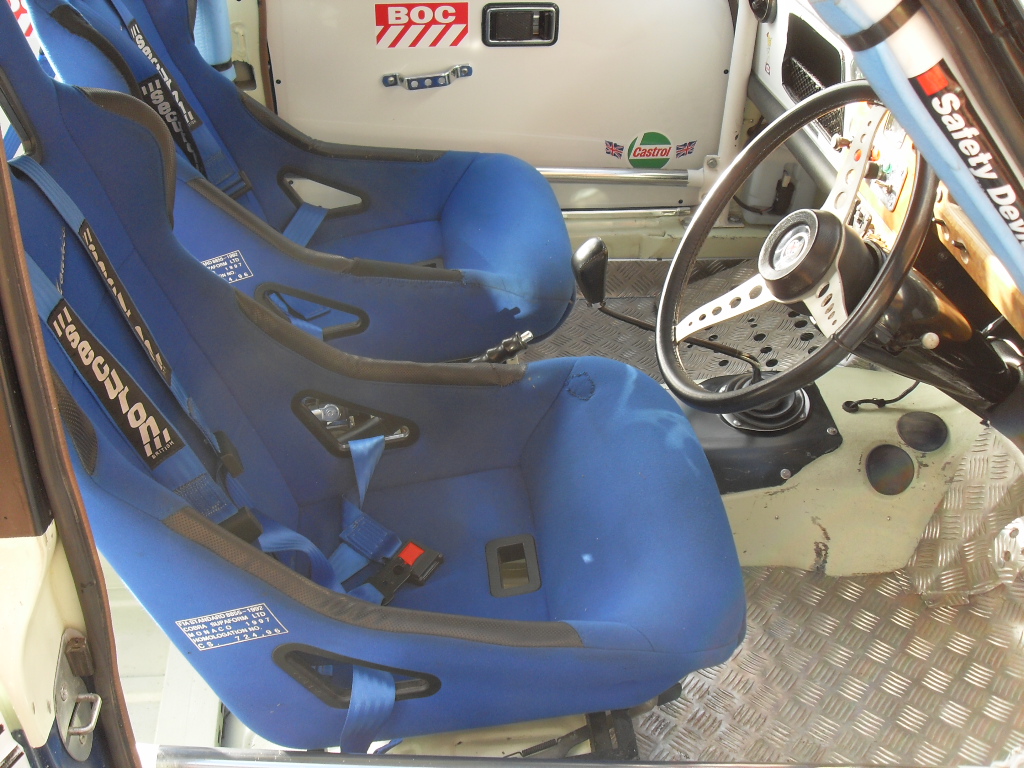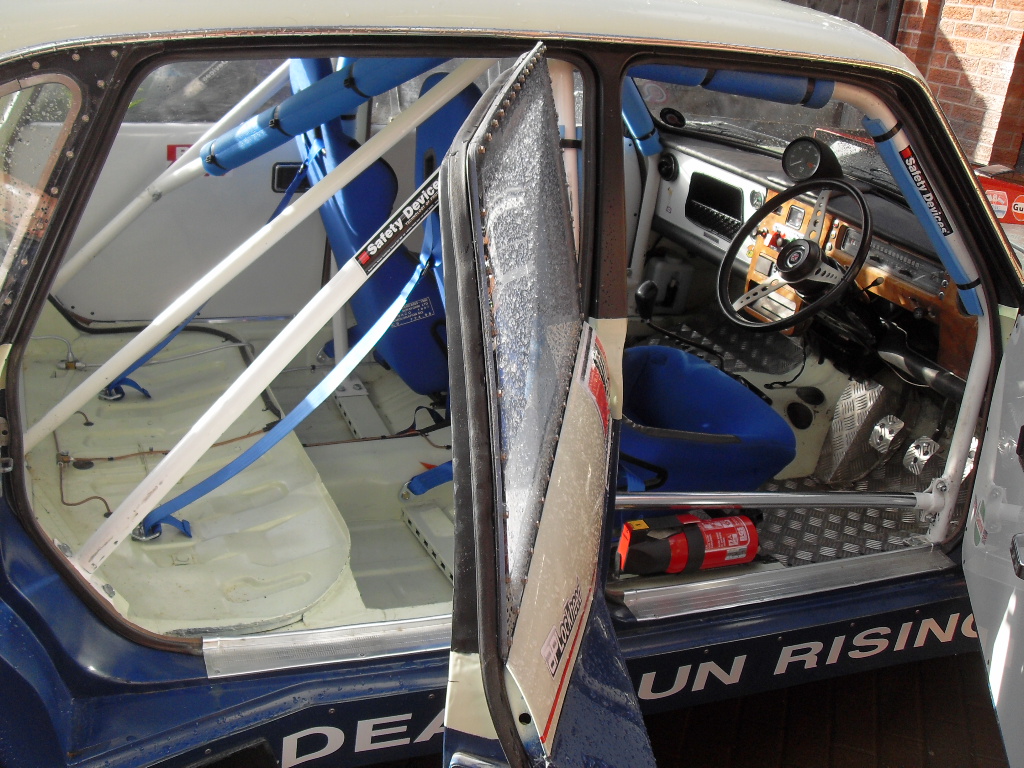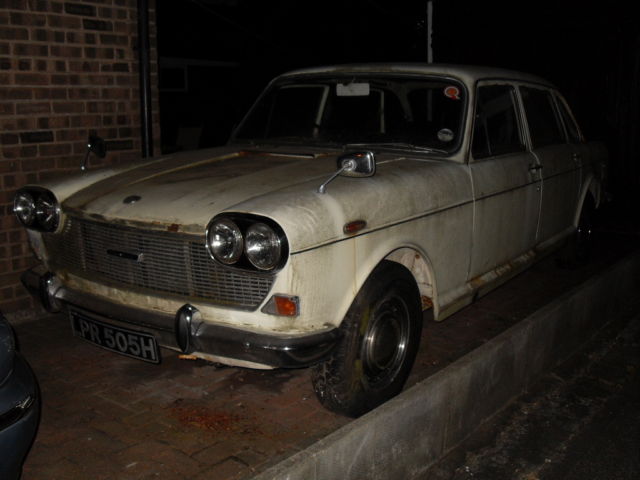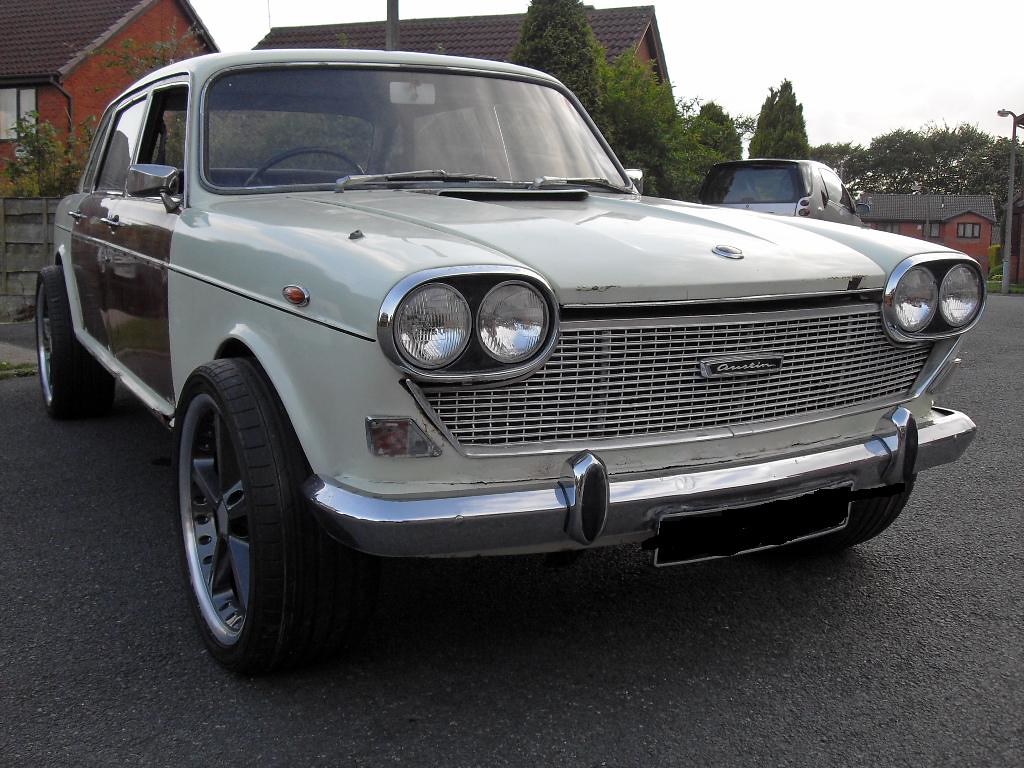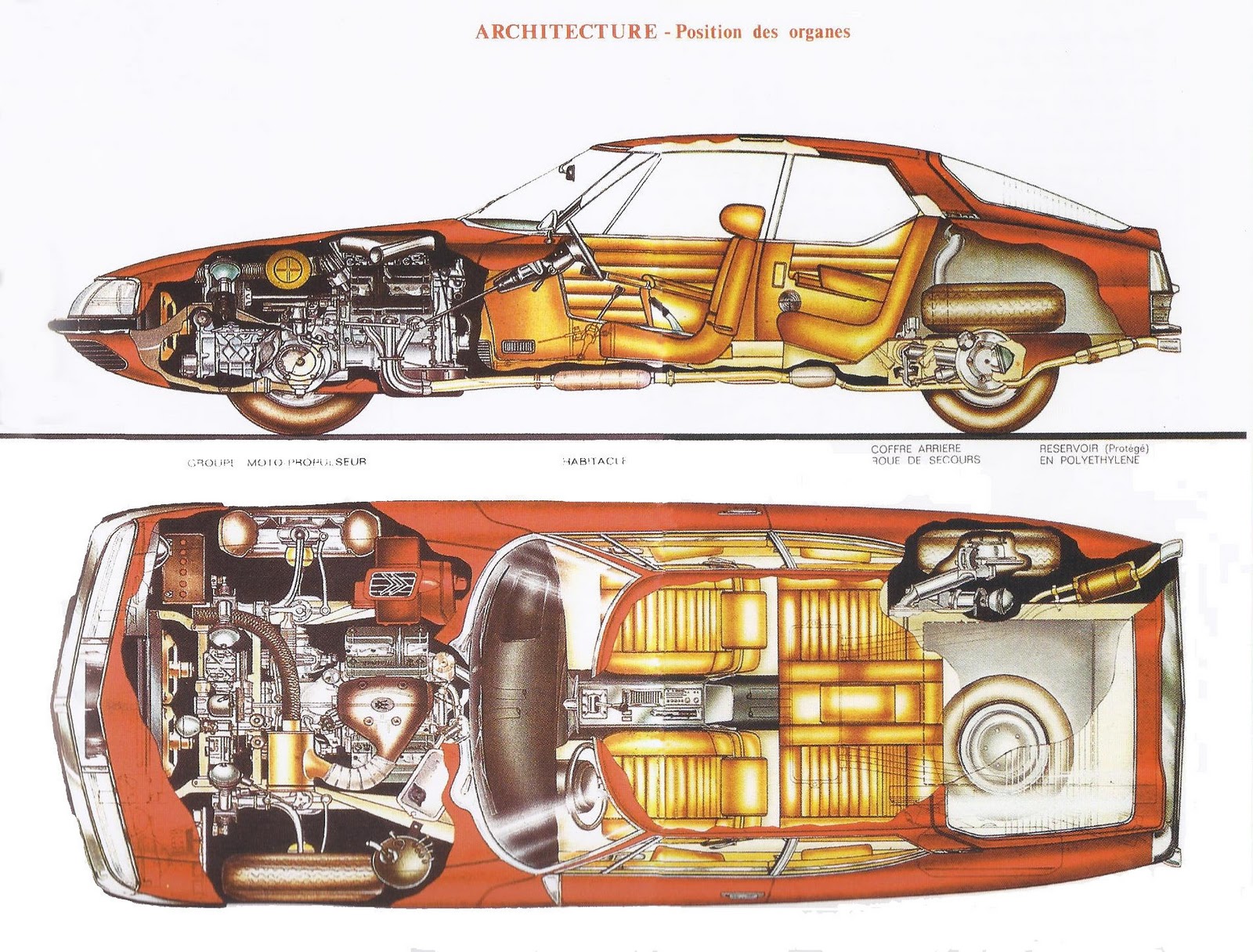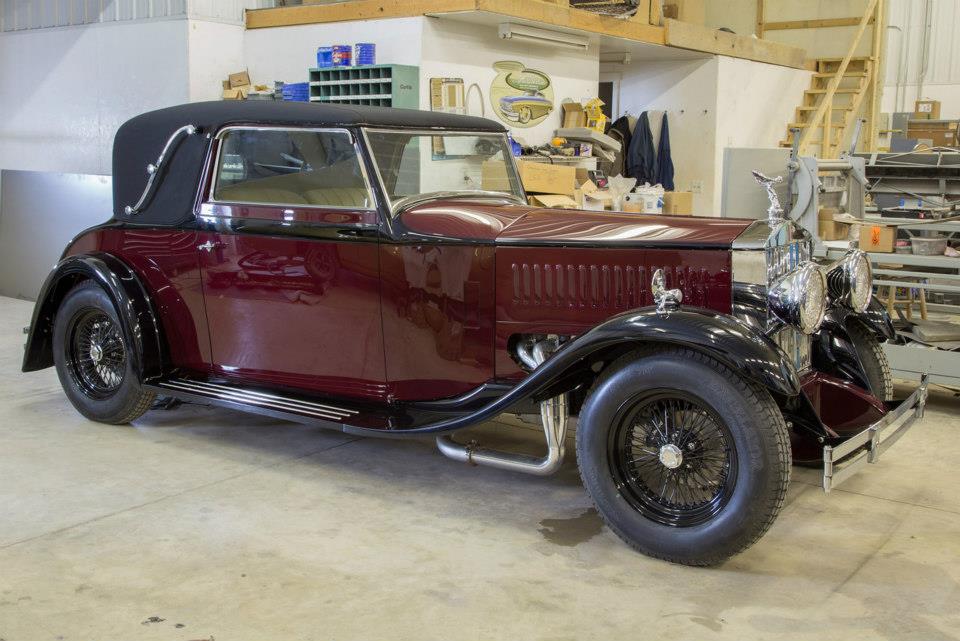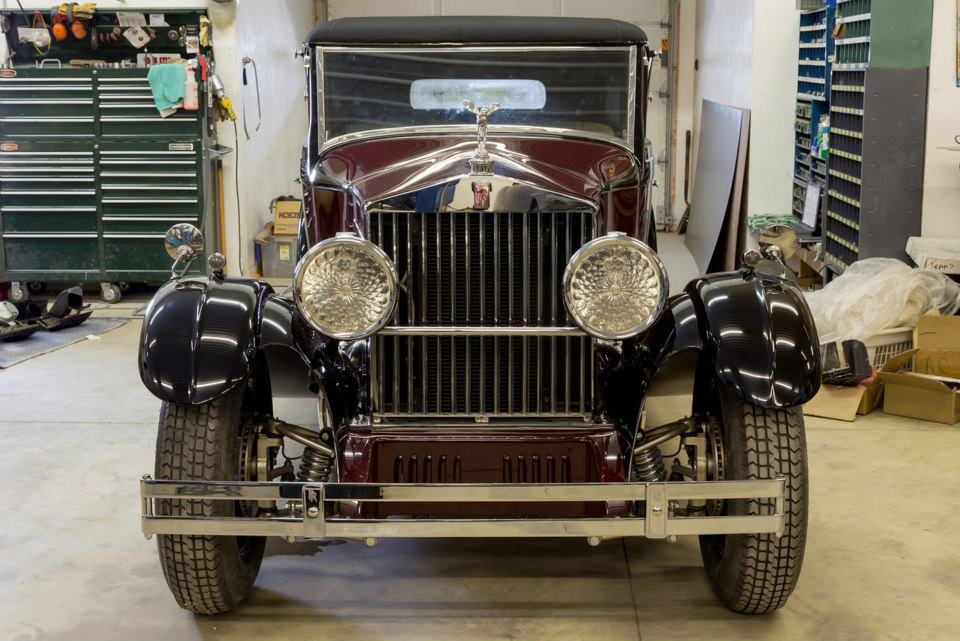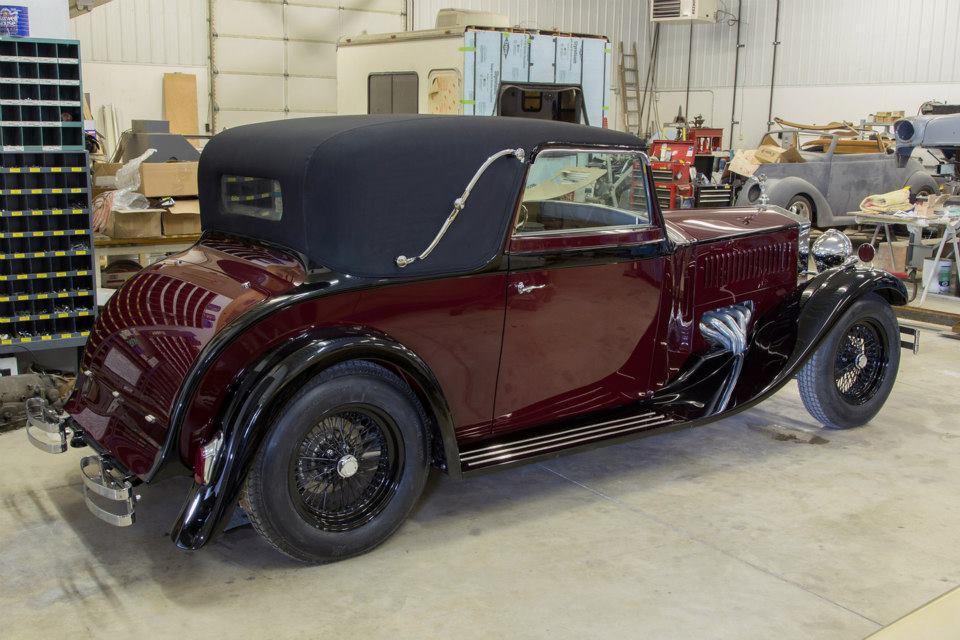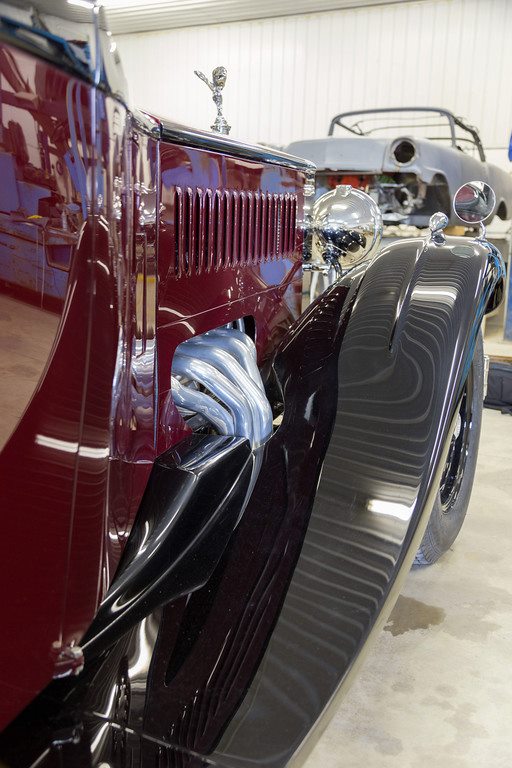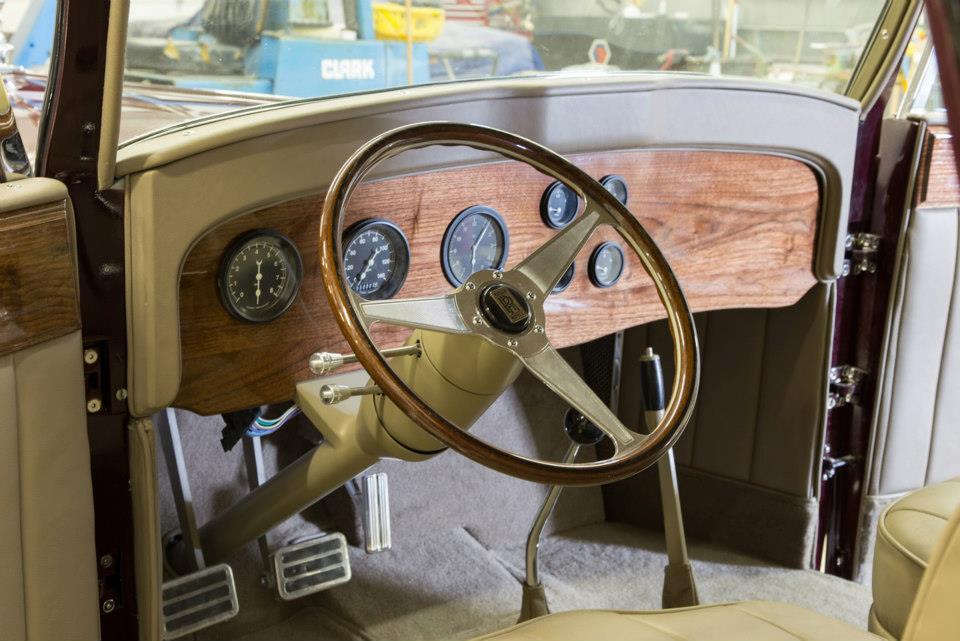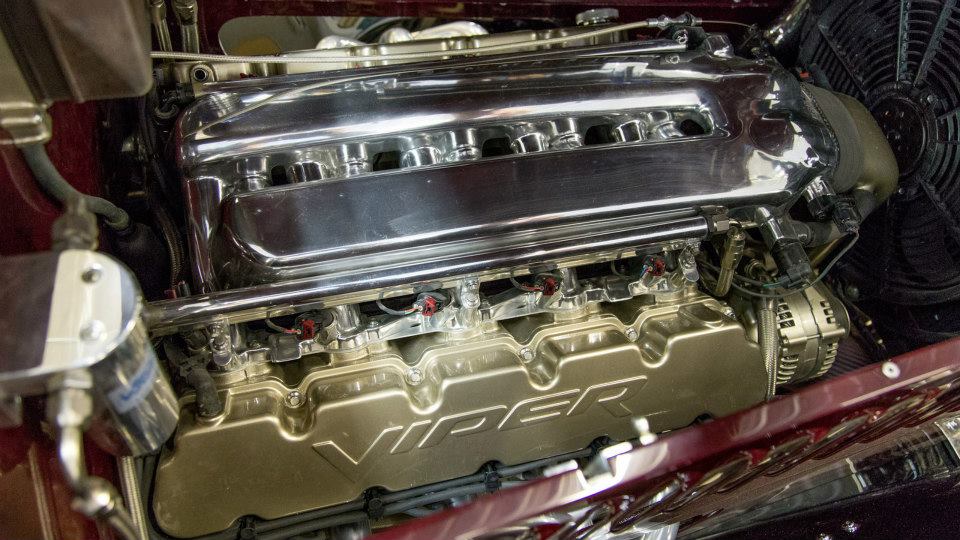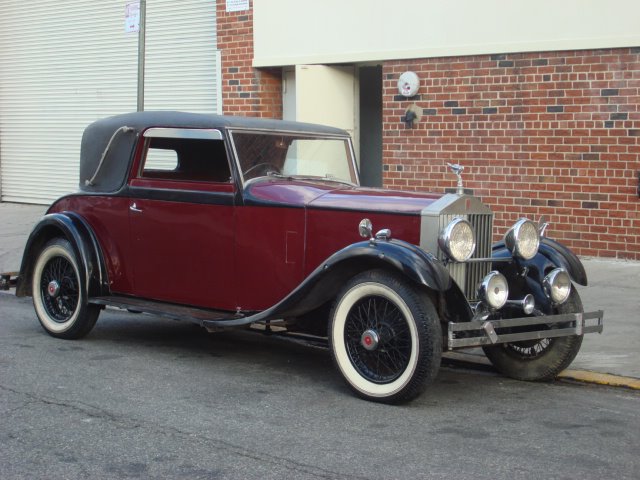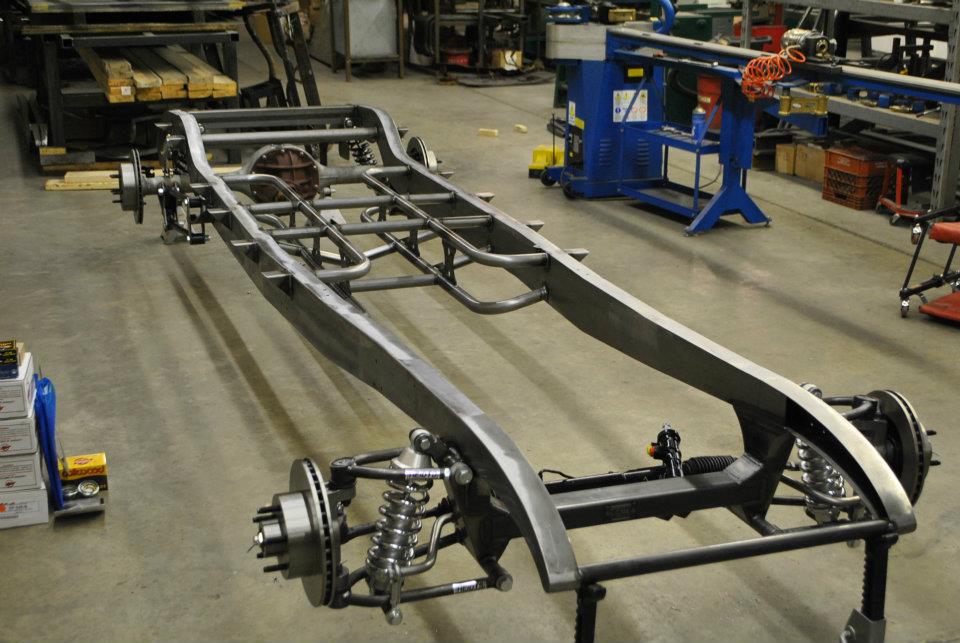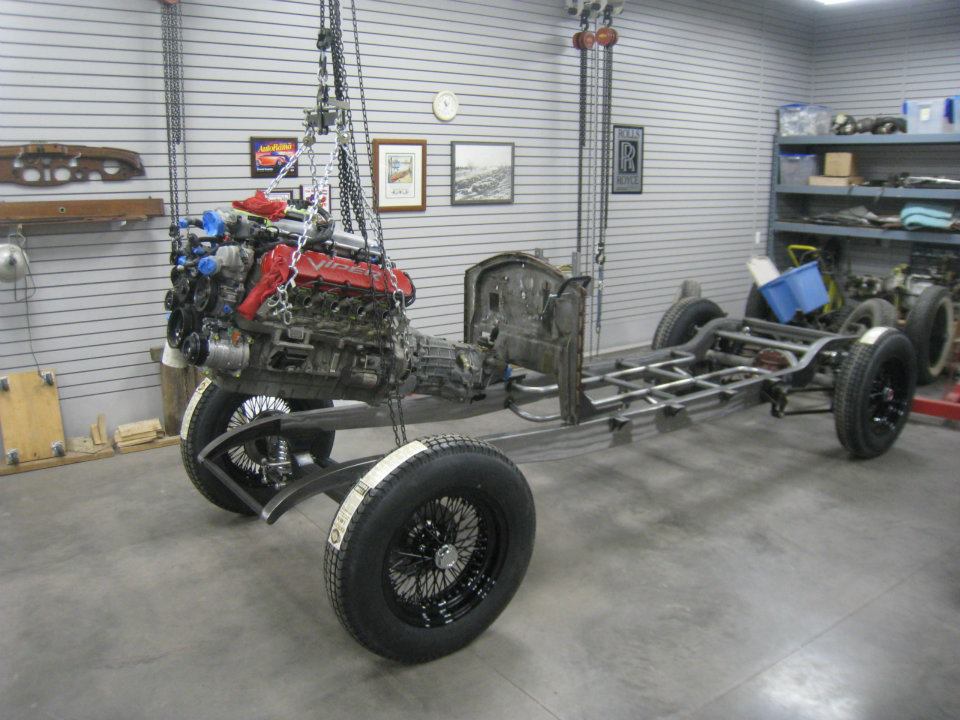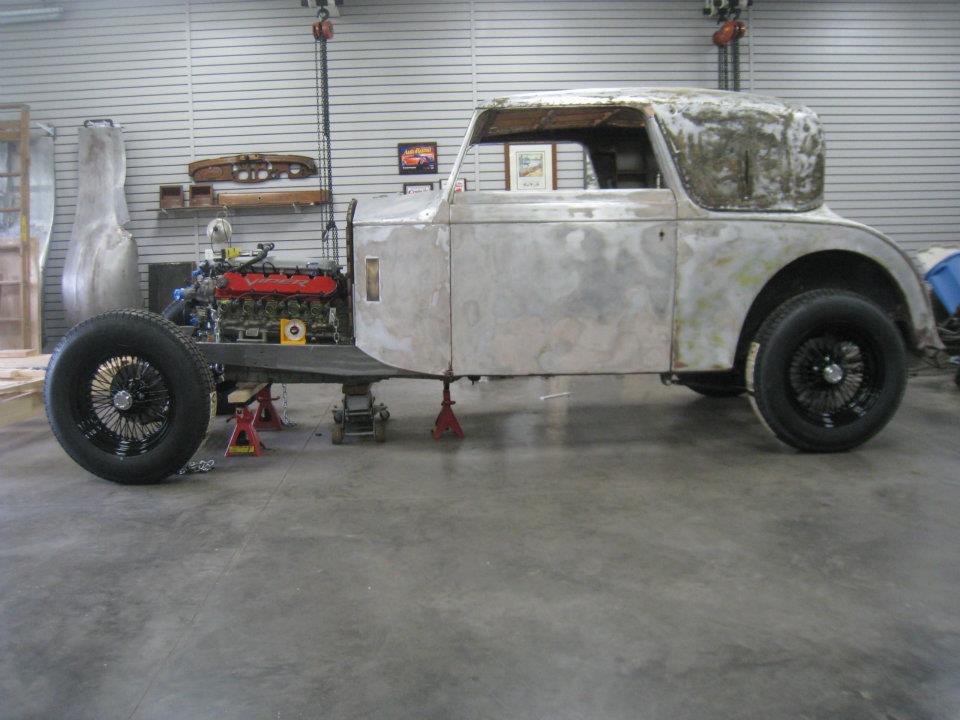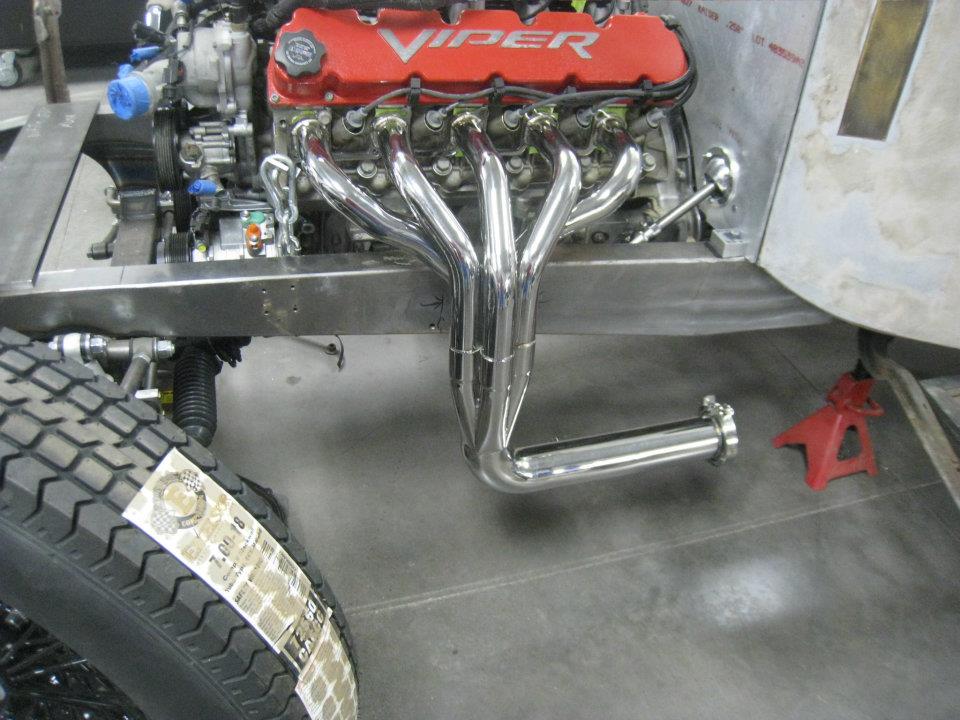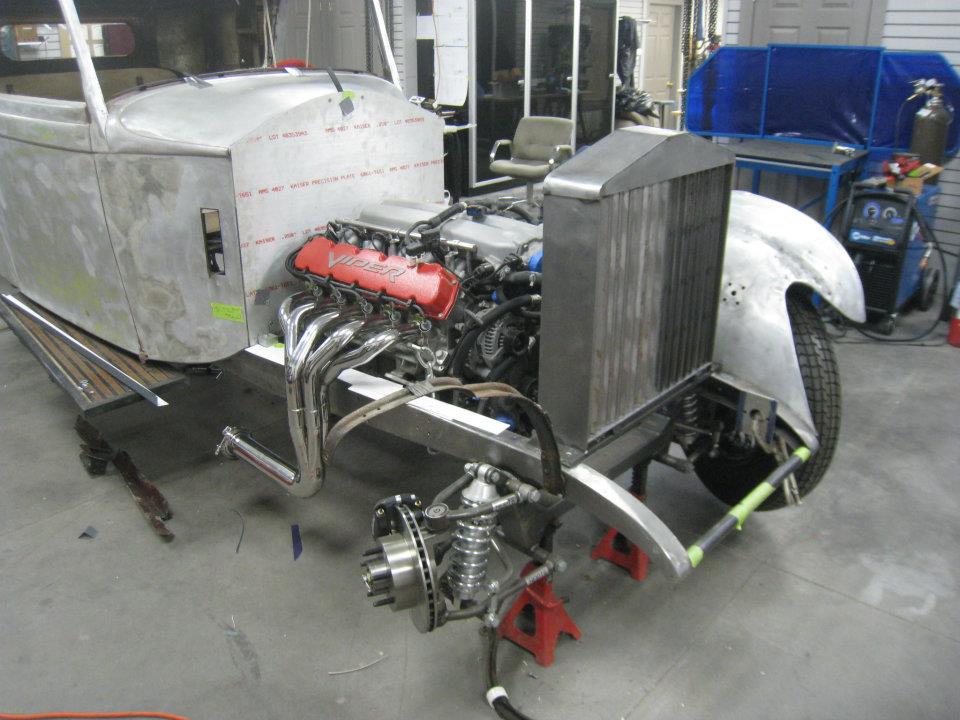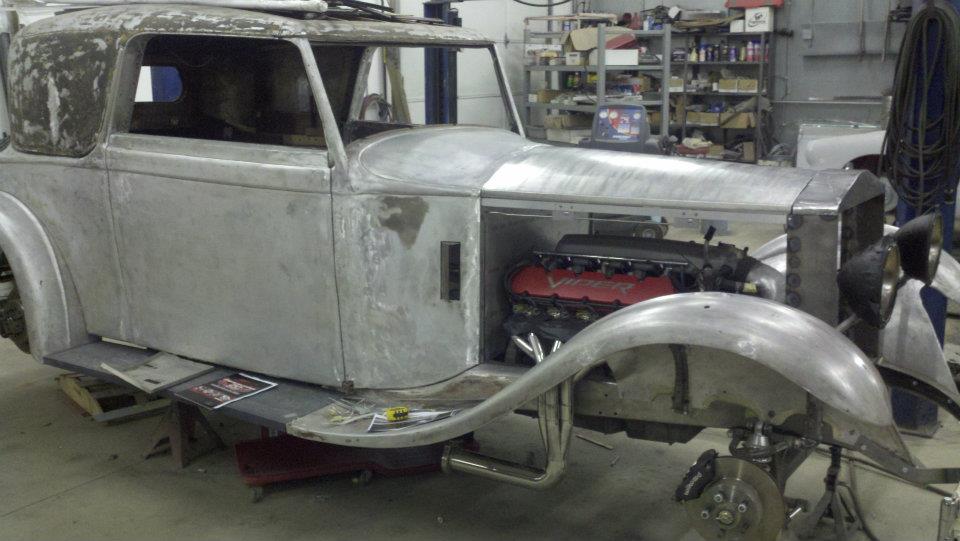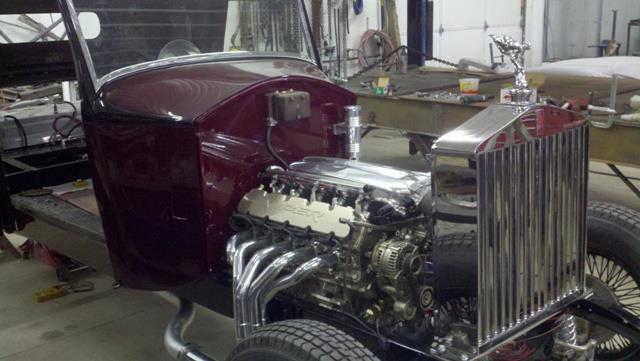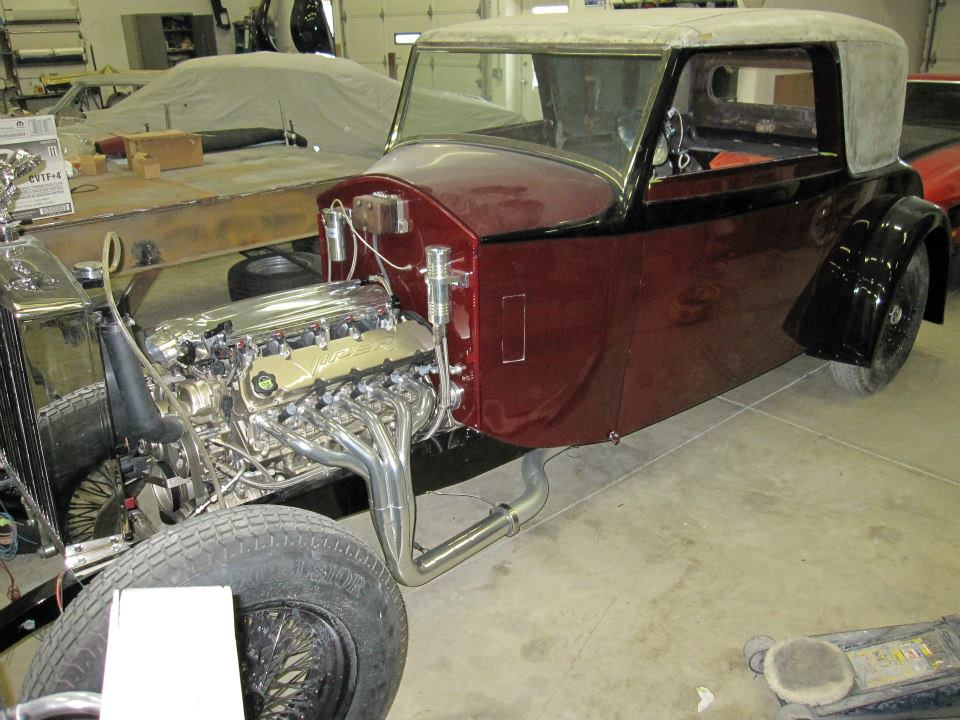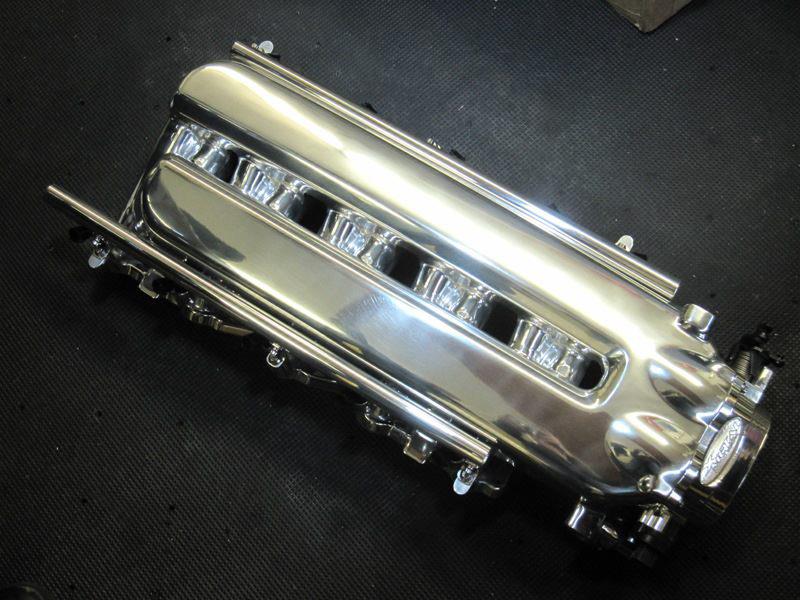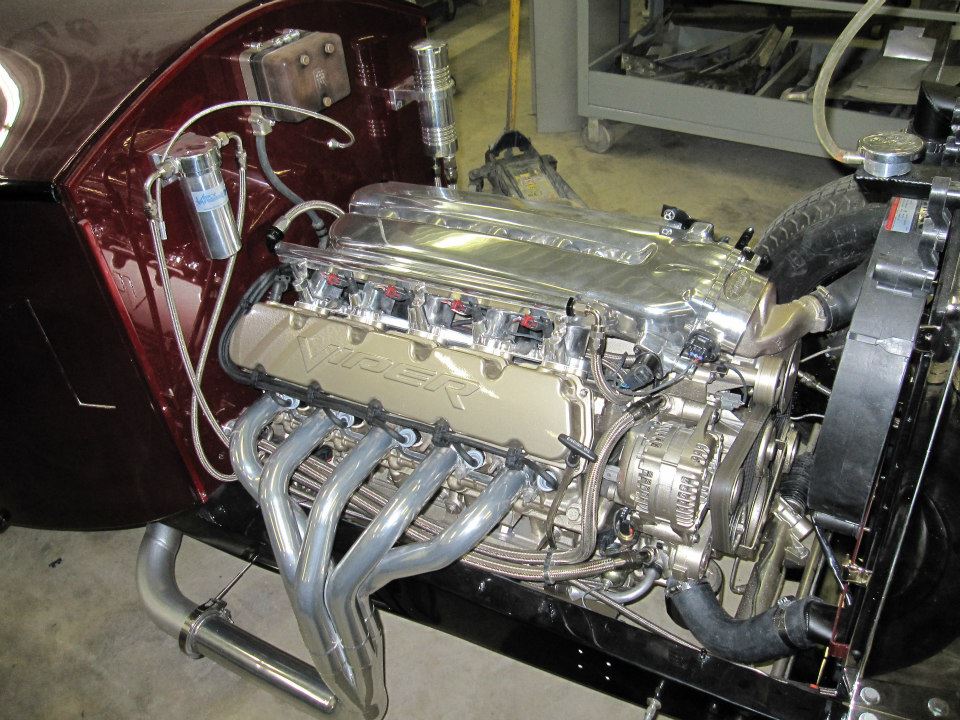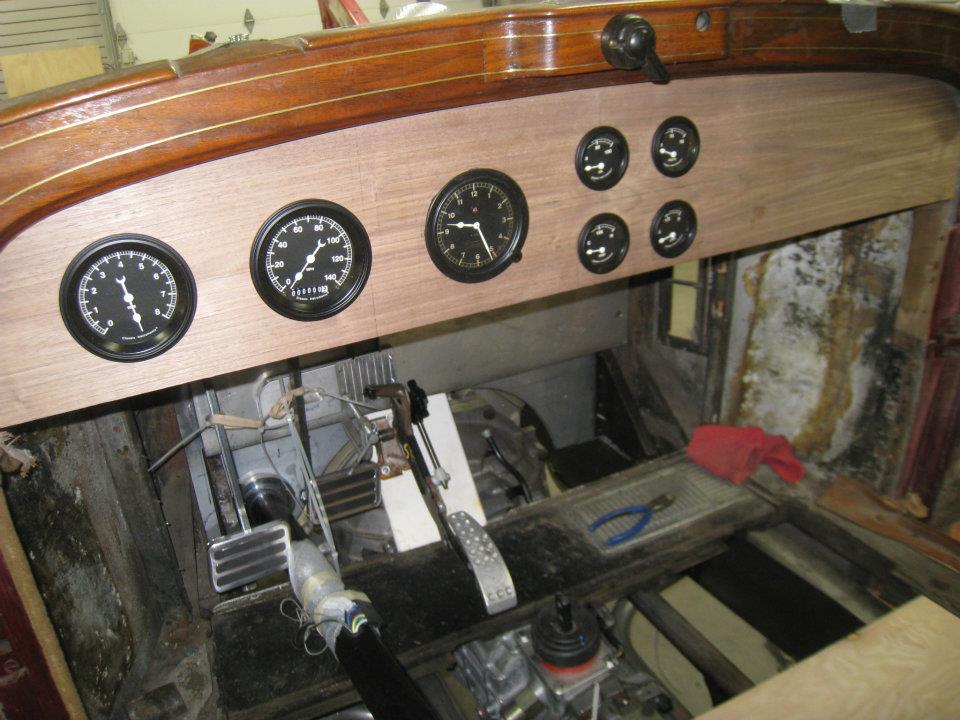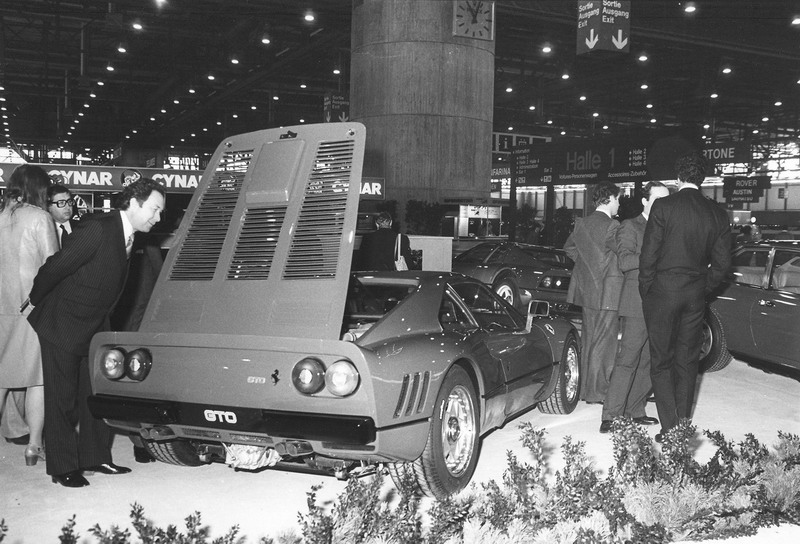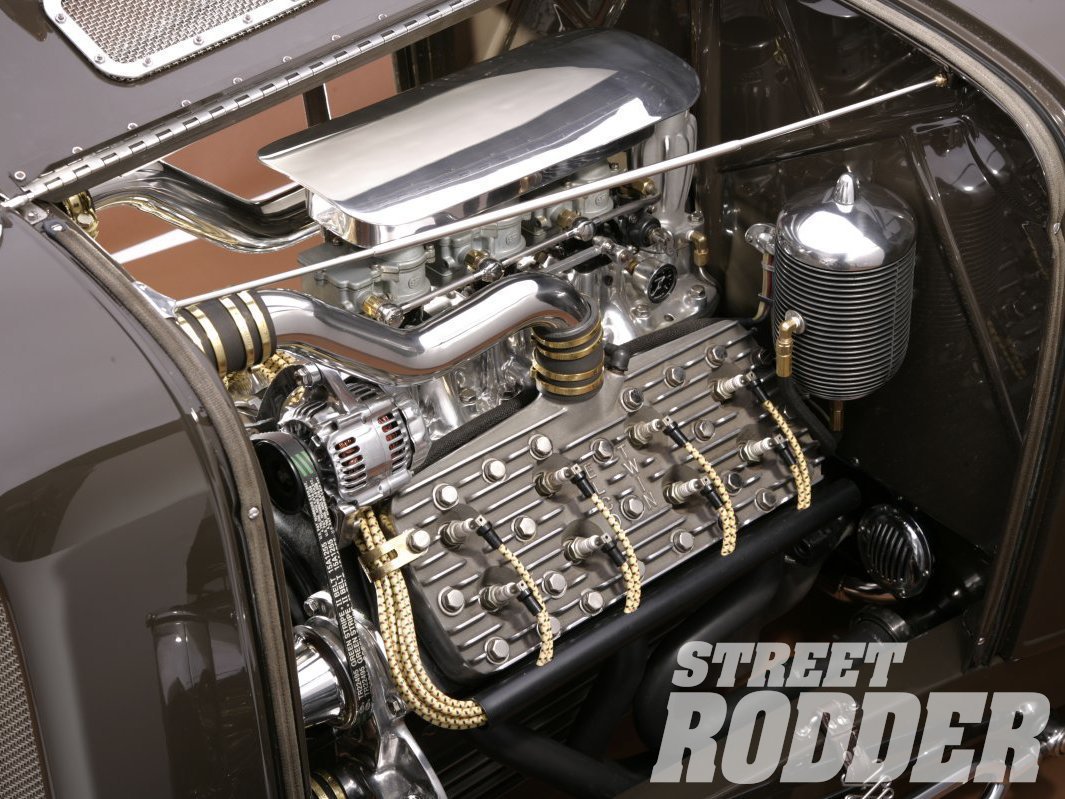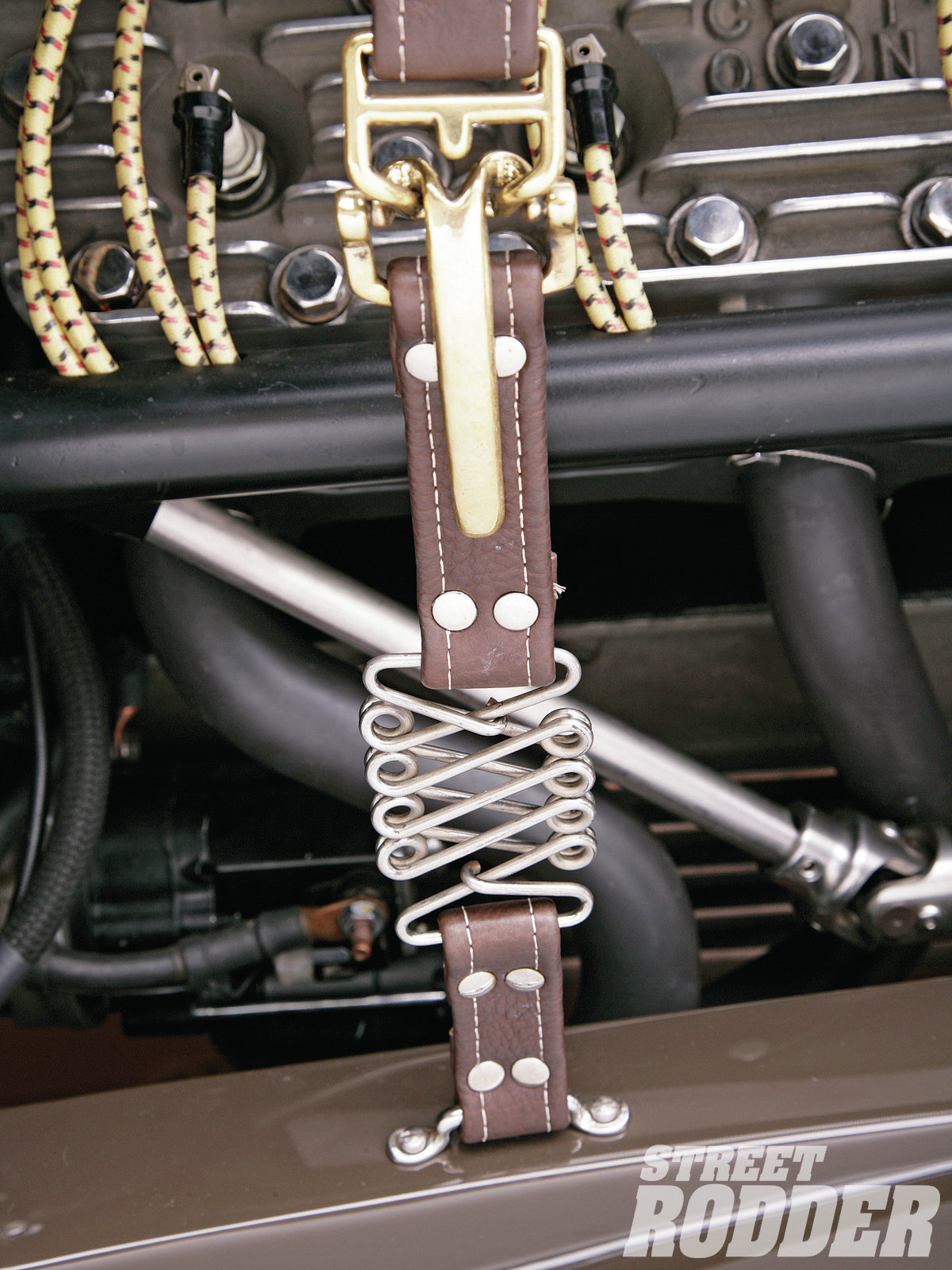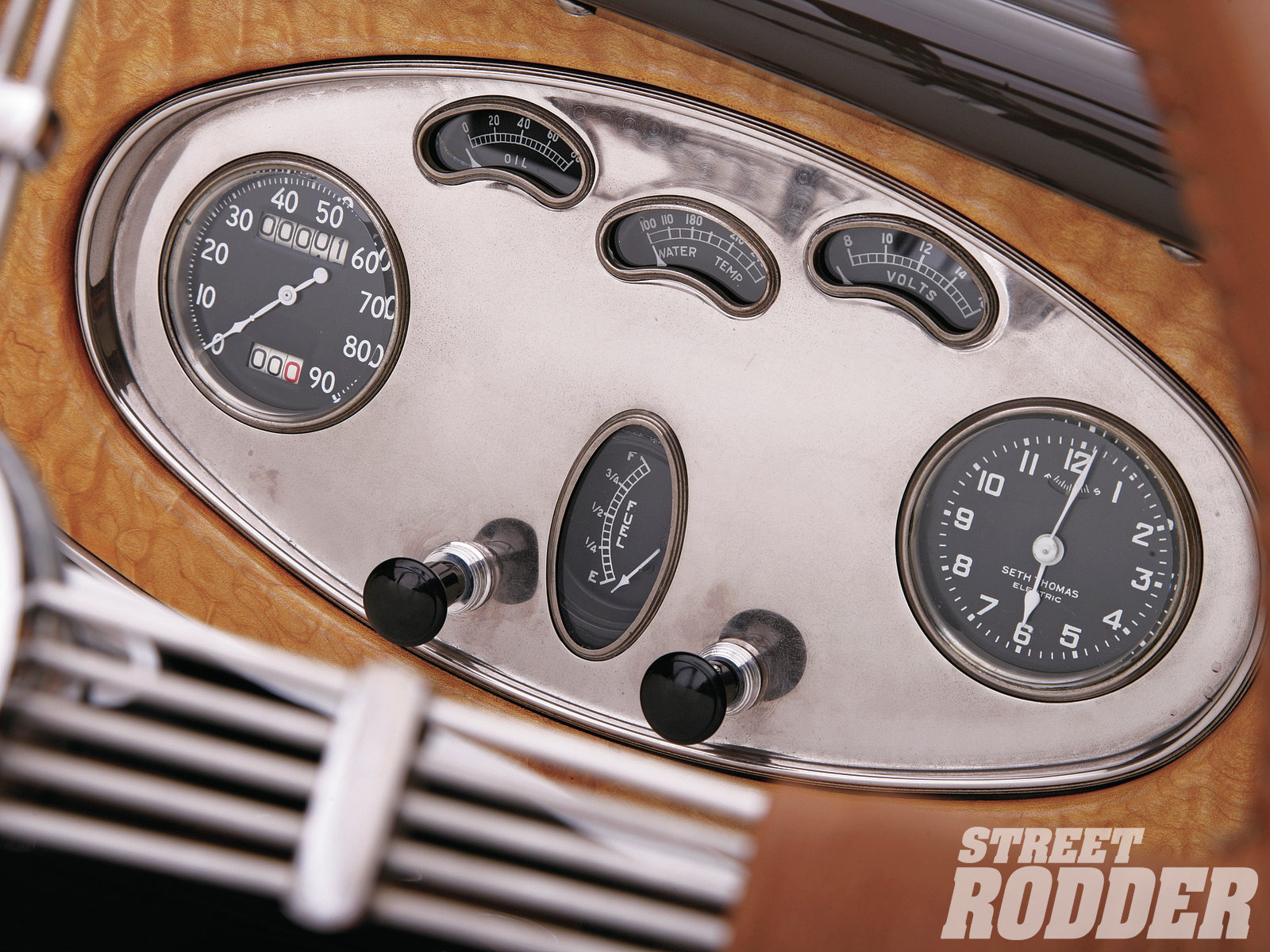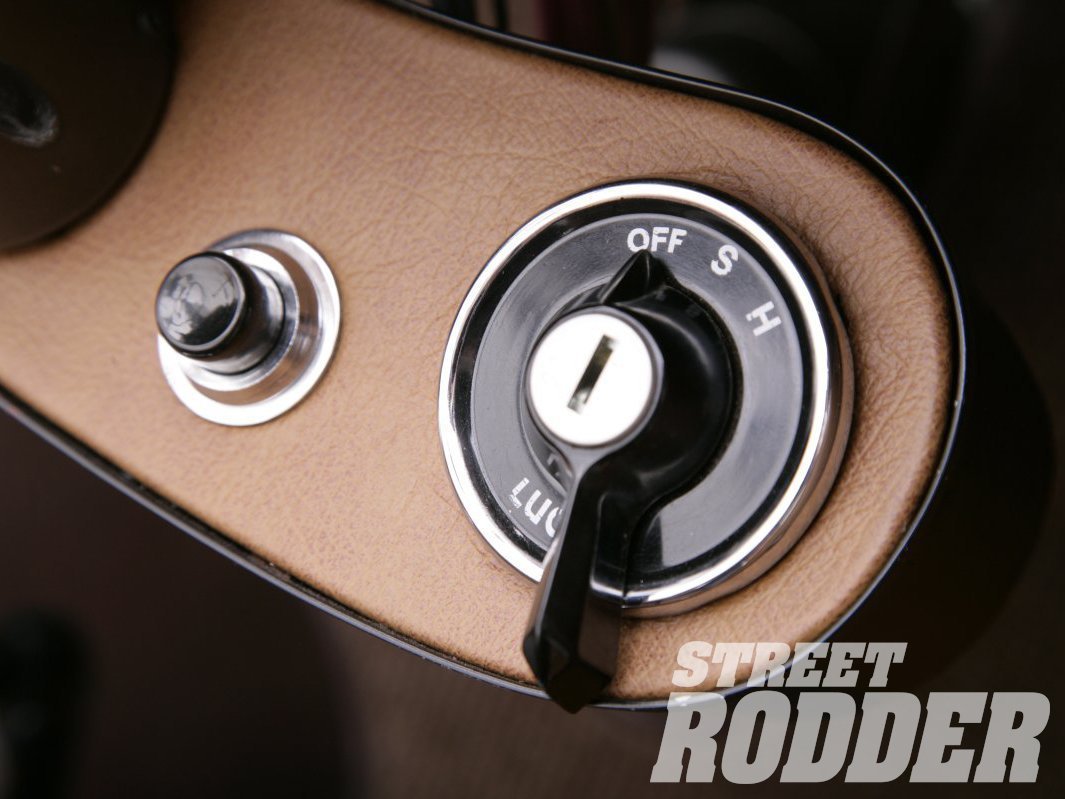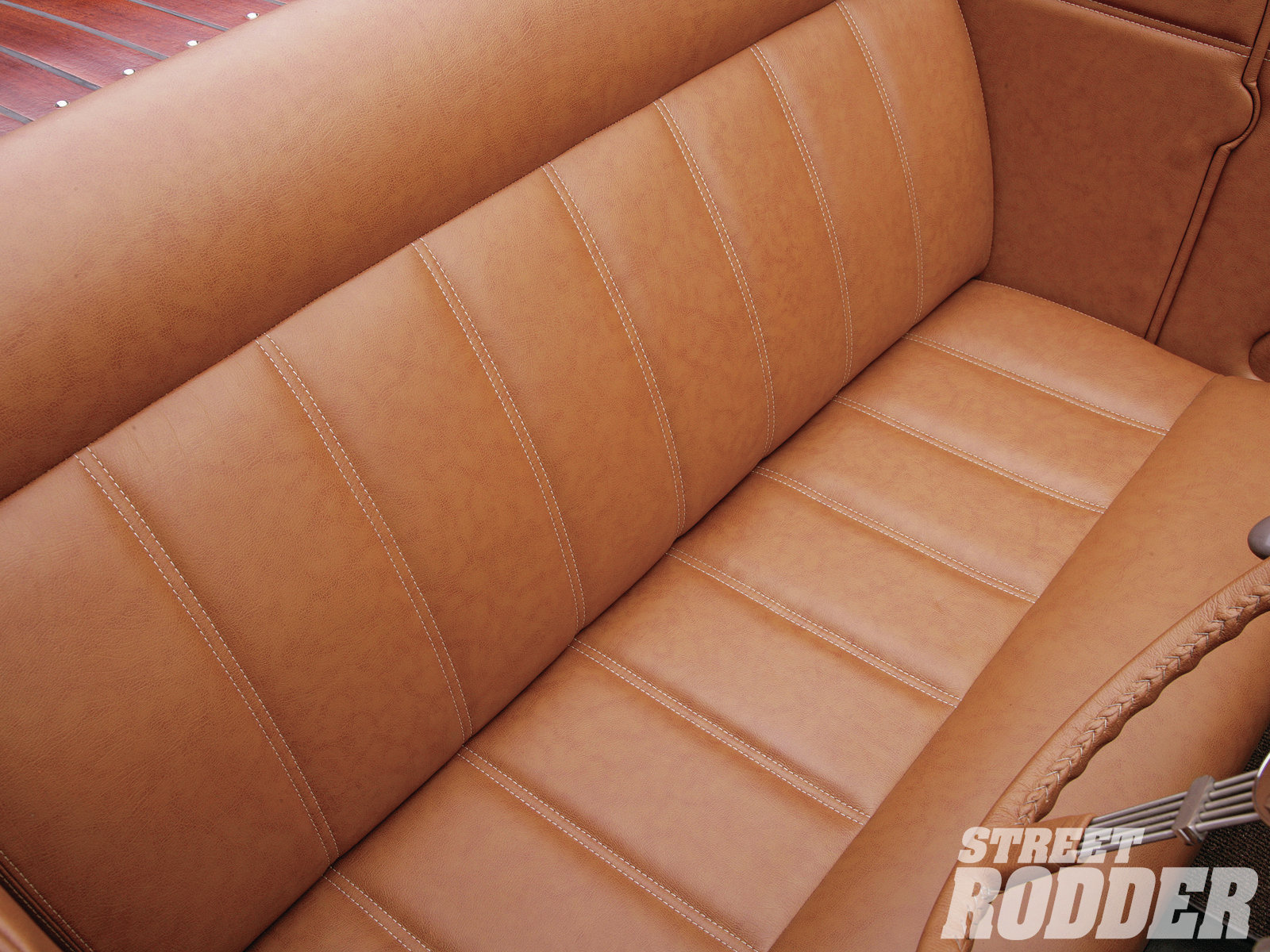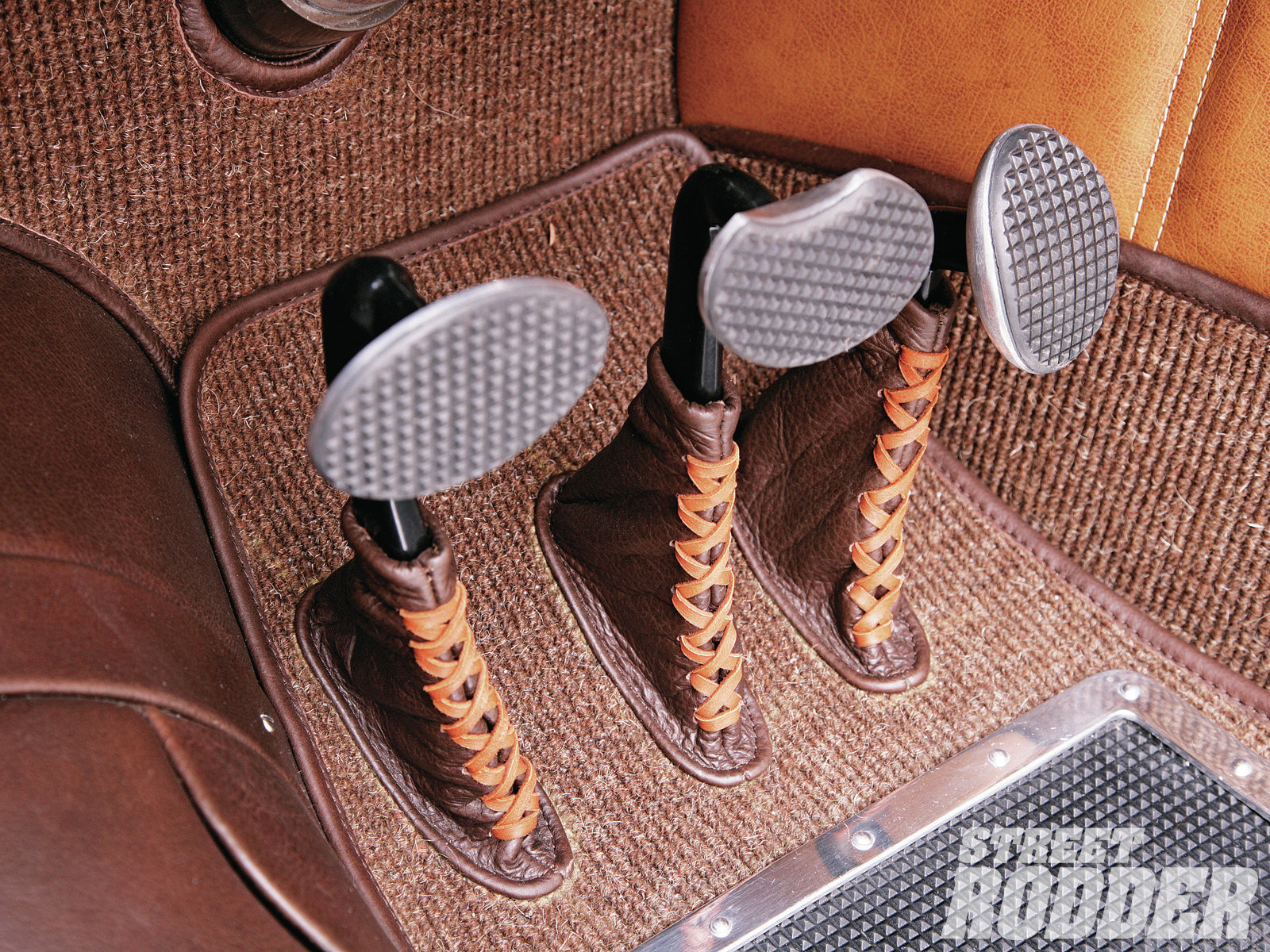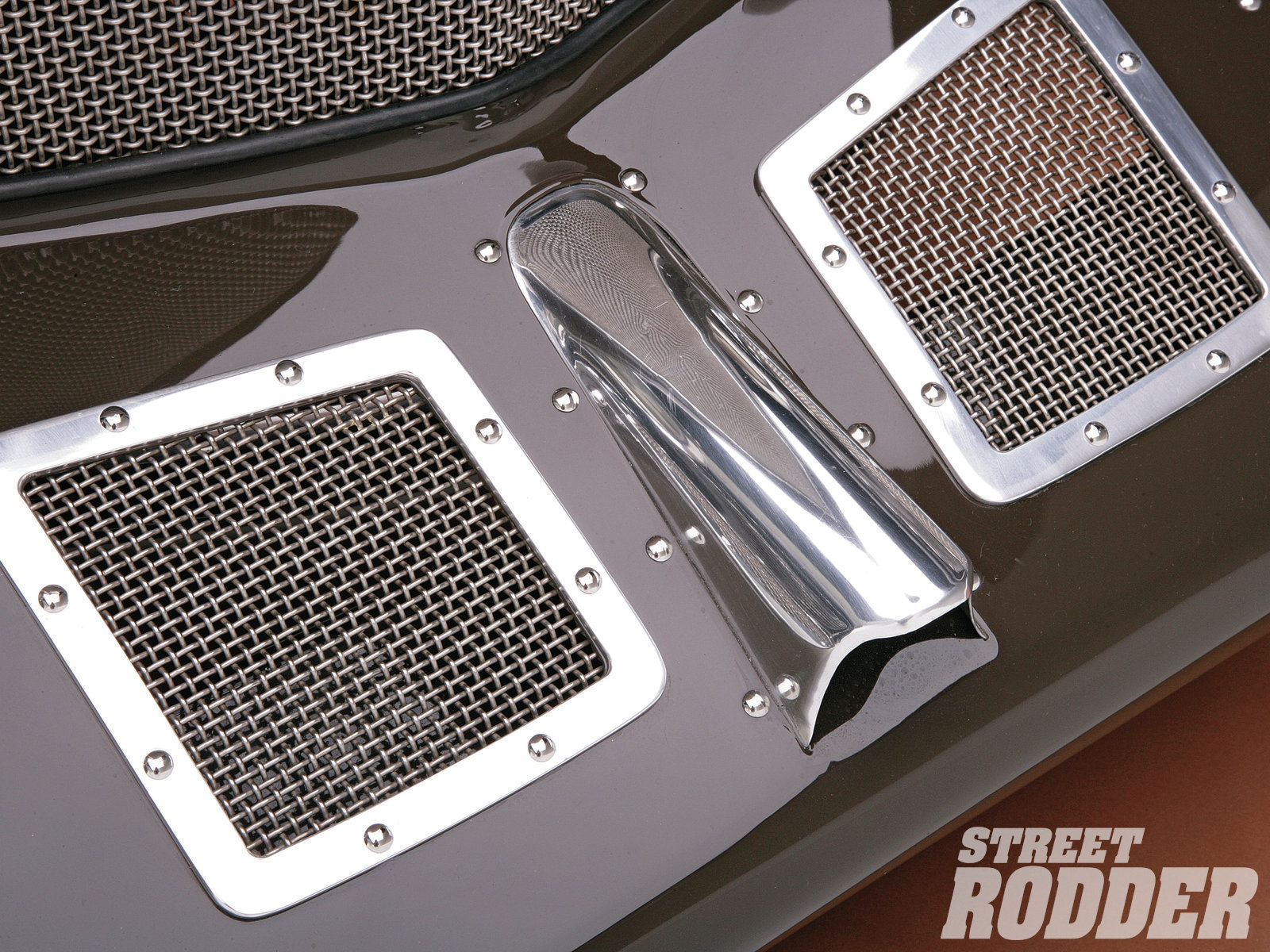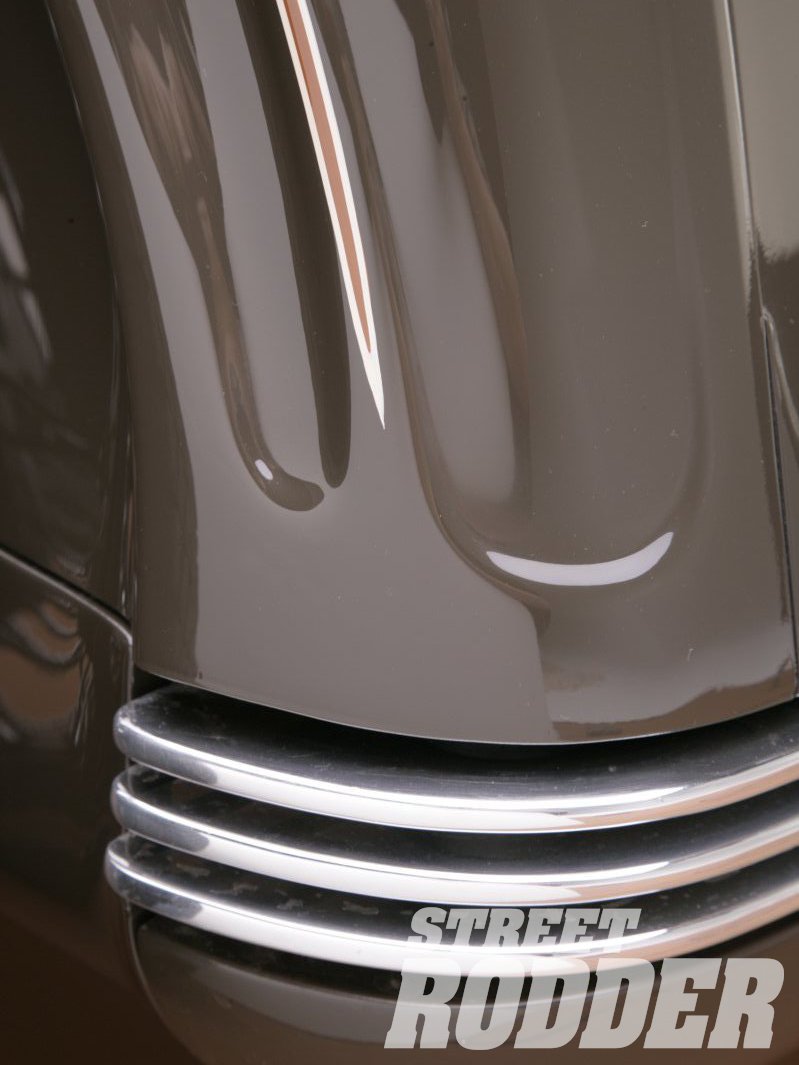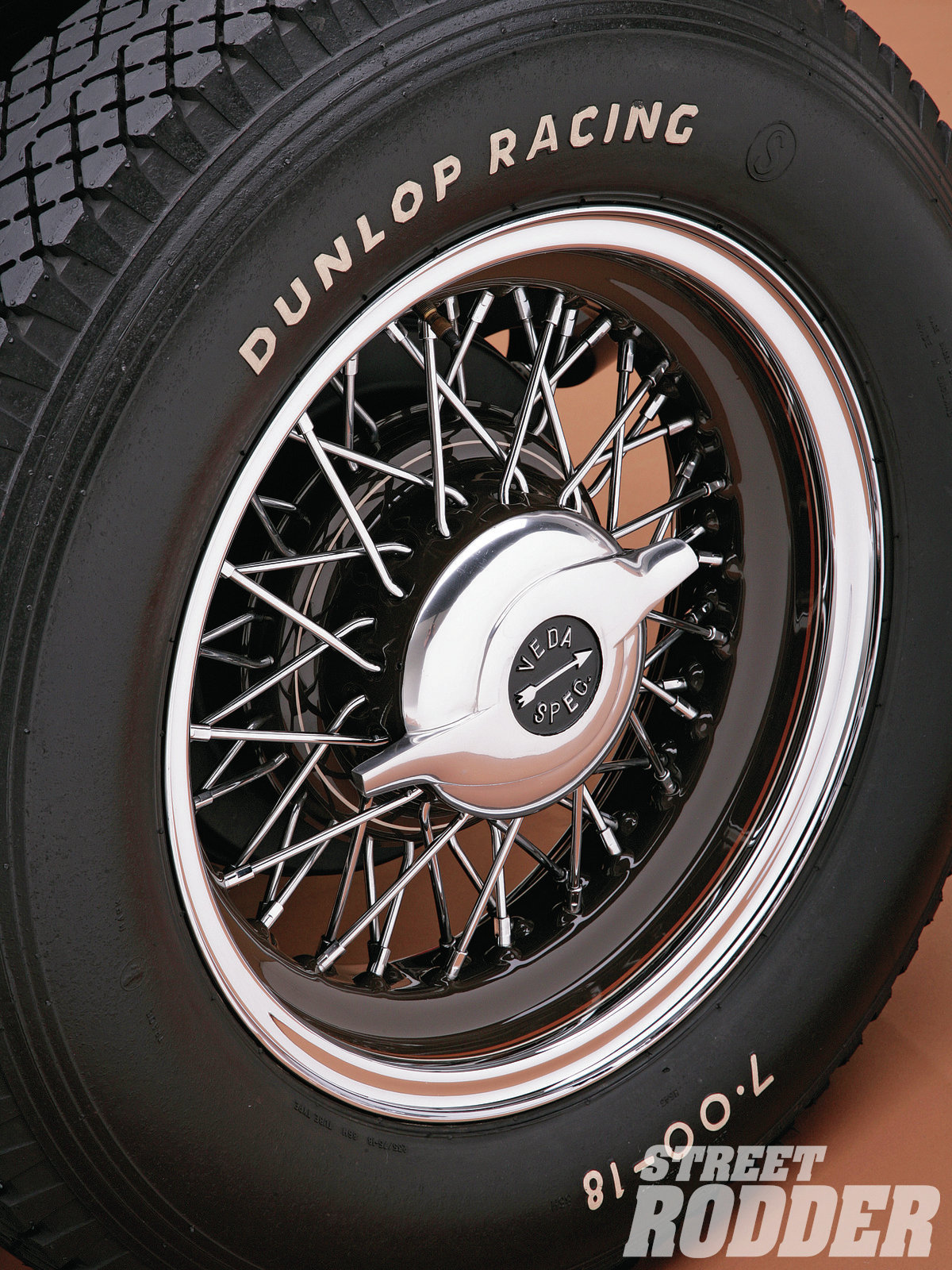Pages
▼
28 February 2013
27 February 2013
Austin 3 Litre Racer - Broadly A Replica
Given enough time, we believe that most things will be done to most cars; eventually every possible modification will be done to every possible car (providing they're available), whether the results are worthy of the effort are of course is a matter of taste. 70's American cars on 22-inch rims? Done. Pro-touring '40 Ford? Done. Broadspeed-inspired Austin 3-Litre? Guess...
To those of you scratching your noggins as to what the hell an Austin 3-litre is, it was introduced by Austin (part of British Motor Holdings at the time, a merger of BMC and Jaguar Cars) at the 1967 London Motor Show. Codenamed ADO61, the car was intended to be their offering in the executive class and was originally designed in the early 1960s, before the merger. Unlike the visually similar but smaller FWD ADO17 range (the Austin/Morris 1800), the 125 bhp 3 litre engine, a 7-bearing, twin SU carb'd variant of the C-Series lump seen in the like of the Austin-Healey 3000 and MGC drove the rear wheels through a conventional 4-speed gearbox. The car used Hydrolastic suspension with self-levelling hydraulic rams at the rear and was praised for its excellent ride and handling.
Out of 9,992 made, there are only 66 of them left on DVLA's register so they're a pretty rare sight even at a car show, so this beast is a true one-off. The owner's remit was to create a Broadspeed homage and we think he's succeeded; think of their XJC and it does capture the spirit of something Ralph Broad would have done, had the 3-Litre been thrust into his hands.
First of, those body mods; those IMSA-style arches are all steel, necessary to take to take the 20" Schnitzer (as in BMW) alloys and Yokohama tyres, which alone set him back the thick end of a grand. The bonnet bulge is GRP, the side windows are lexan and the interior is basically two seats and a roll cage and the boot has a race-style tank, all adding to that racer feel. Moving to the rear he got a little more ingenious with the additions; the rear spoiler was robbed from a Mitsubishi 3000 and is adjustable for height, and true to BMC parts bin ingenuity that cheeky rear splitter is actually a Riley Elf bonnet.
Despite the car talking a good fight, it was built as a flight of fancy and really wasn't meant to be thrown round a race track. Although it sports bigger vented discs and Brembo calipers and those big hunks of wheelage, the car is more for show than go; the C-series is retained under the bonnet, albeit with a few choice Broadspeed stickers to add to the subterfuge and a pair of Harley Davidson silencers to let it roar. You could of course put a Healey-tuned lump in which would be very 'period', but he had a Bentley V8 engine and 'box ready to go in, which would have really completed the transformation from mild-mannered Gentleman's carriage to rip-snorting Thundersports express.
Note that we said 'had'; the sad thing is that the car was sold last November. Now, we'd like to salute the efforts of the unknown soul who built this Austin; it takes a unique mindset to take an obscure car and then modify it in such a way surely no-one would have thought of. We just hope that the new owner takes it a step further and puts in a powerplant that does those brutish good looks justice.
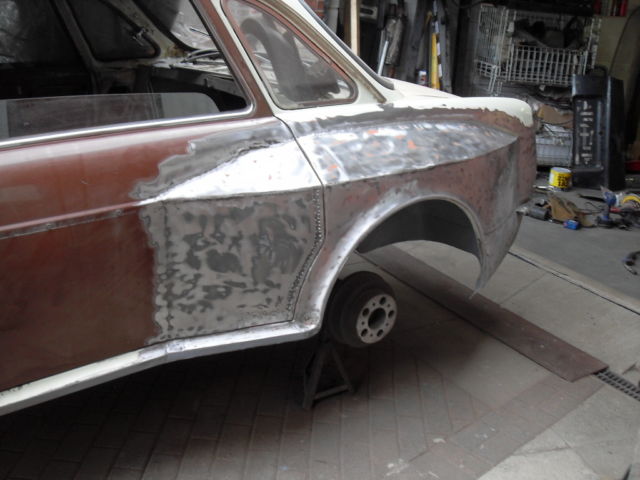 |
| All steel, baby, all steel... |
25 February 2013
Viper Powered 1930 Rolls-Royce 20/25 - Python Regius
After the HHR '32 on Friday, heres another car that combines the idea of pre-war automotive 'Britishness' with an American hot rod touch, except the execution of that hypothesis comes from a completely oblique angle from the Duece. Like a Dodge Viper V10 in a 1930 Roll-Royce 20/25 with coupé bodywork by Thrupp & Maberly. We think it is, but there were so many coachbuilding companies building bespoke bodywork for Rolls-Royce chassis in the 20's and 30's (the aforementioned Thrupp & Maberly Park Ward, Barker, Mulliner to name a few), it's a little hard to tell. But what is easier to identify is that thumping great 8.2 litre engine under the hand-formed bonnet.
Buffalo, New York-based Viper Specialty (sic) were contracted about supplying a Viper powertrain and manufacturing or modifying a number of components for show, (like polished components, fuel rails) and build a standalone Pectel ECU and wiring harness for the Roller, and then complete the installation on location in West Michigan. Although not totally complete at the time of posting, seeing that the paint and interior has been completed, this can't be far off. The body is a full restoration built on a tube frame chassis with Mustang II-style IFS with a 9-inch Ford rear, more than necessary to help contain that writhing snake. The LA-series V10 may seem an odd (read insane) choice but the L-series V8 used in RRs from 1959 to 1998 (and still used by Bentley) is rumoured to have been based on Chrysler designs of the time. The reality is the L-series was developed in-house by Rolls-Royce and Bentley engineers as it's design characteristics are more in keeping with the Rolls-Royce Merlin aircraft engine. It's a tenuous link at best, but we'd thought we'd clear it up as people still believe the RR/Chrysler engine myth.
Anyway, despite the engine choice, this car was built to be a cruiser; it has, A/C, and all of the mod cons you expect of a modern car. Just as well really; we don't suppose those wheels will last long before the centres rip out from the 'adequate' torque, and we bet those tyres are not rated to 150mph either...
The car will be shown at the Detroit Autorama in March.
Some more pics here.
The 'before' condition:
International Geneva Motor Show, 19th March 1984
The 288 GTO number 50255 on the Ferrari stand; note raised section in engine cover, as the show car ran a different injection system to the production run. In the back is a BB512i and on the right a 400i Automatic. Also the stand - but not in the photo - were a Mondial Cabriolet and a Mondial QV. All cars were rosso corsa.
23 February 2013
22 February 2013
1932 Ford Roadster - Across the Pond Thinking
'There are as many variations of the '32 Duece roadster as there are people in the US'.
Well not really; we made that quote up, but it feels like it could be true. We've seen so many different looks applied to the ol' Doos over the years we though it impossible to come up with something original. Not so.
Ron Lee’s ’32 Ford roadster may be an all-American hot rod, but he looked to good ol' Blighty for inspiration. Hollywood Hot Rods started with a set of their own frame rails and took styling cues from British sports cars from the 20's and 30's; there is some terrific detailing, like the front apron, the Bugatti lights (yes really) front and rear, the grill reshaping and wire mesh that apes a Blower Bentley. And that engine; no mere flathead, it sports super-rare Elco twin-plug heads and the Nash (as in the car) Eight Twin Ignition system to fire all those 16 plugs. The list goes on and on; it even sports right-hand-drive, how delightfully twee. Read the Street Rodder article for more info.
We think that the image could have been taken even further; suede-effect British Racing Green and a Potvin-style front-mounted supercharger would surely take that vintage sports car feel to a new level. We still love it to bits anyway, old chap.
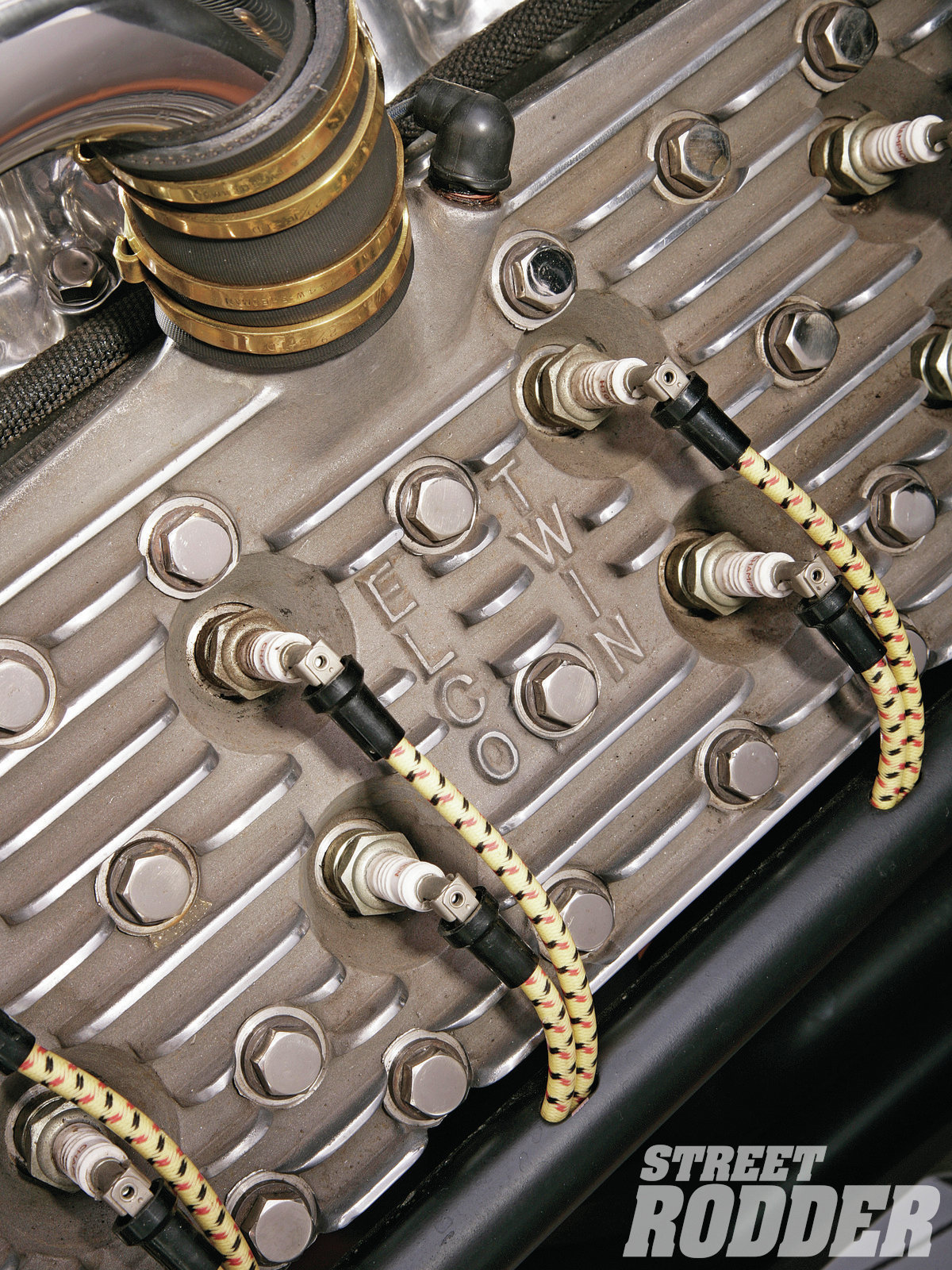 |
| Elco Twin heads; two plugs per cylinder |


